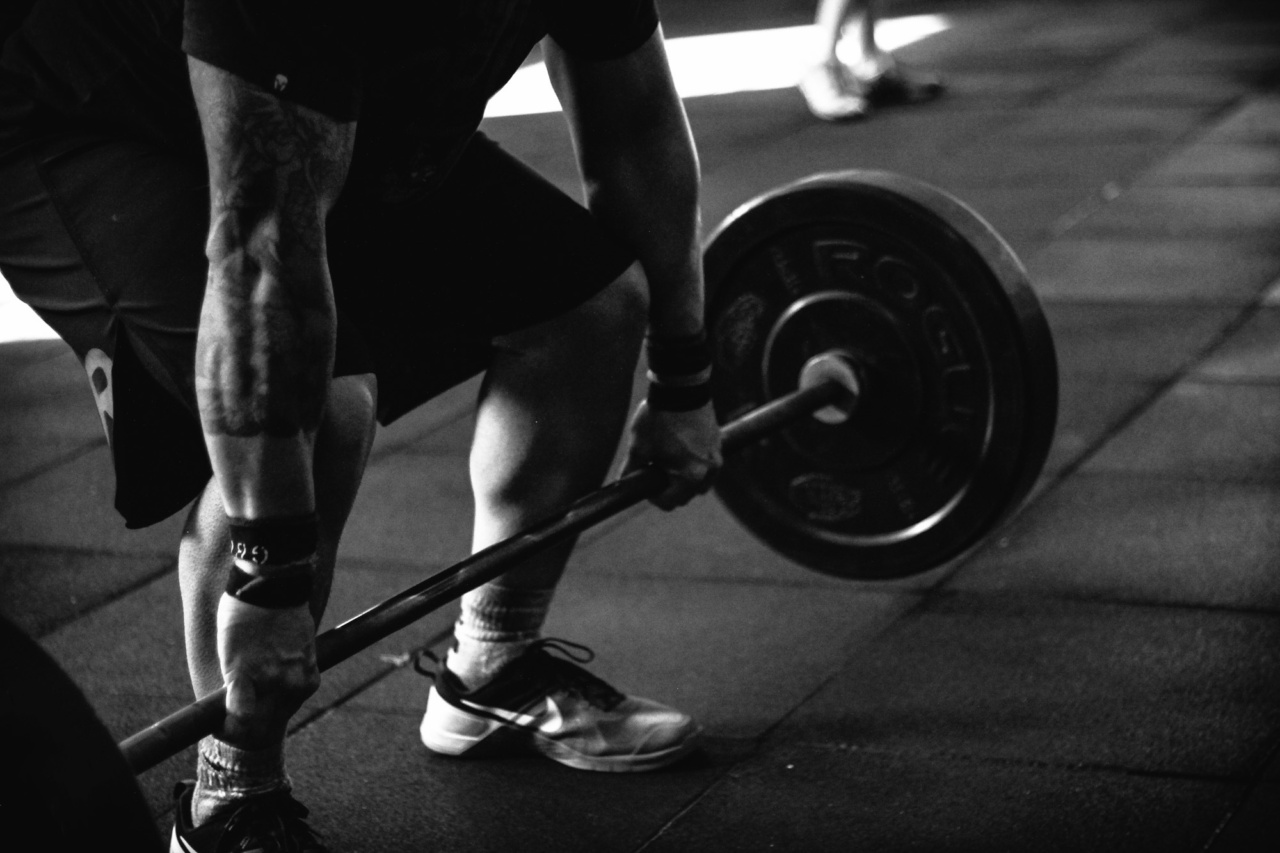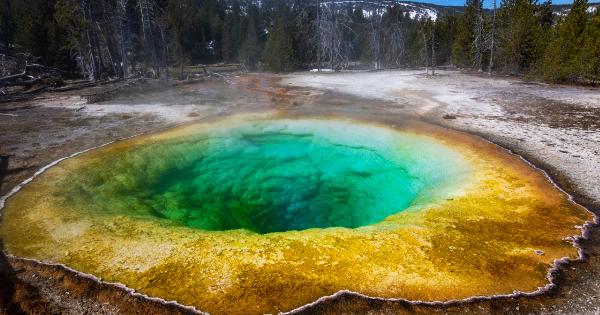Heat-related muscle cramps are a common condition among athletes, workers in hot environments, and people who engage in strenuous physical activities in high temperatures.
These cramps can occur suddenly and cause severe pain, making it difficult to move the affected muscle. Fortunately, there are several causes and solutions for heat-related muscle cramps that can help prevent and treat this condition.
Causes of Heat-Related Muscle Cramps
Heat-related muscle cramps are caused by a combination of factors, including dehydration, electrolyte imbalances, and muscle fatigue. Here are five possible causes of heat-related muscle cramps:.
1. Dehydration
Dehydration occurs when the body loses more fluids than it takes in, and it can happen quickly when exercising in hot weather. As dehydration progresses, the muscles may start to cramp and spasm.
To prevent cramping due to dehydration, it’s essential to drink plenty of water before, during, and after physical activity.
2. Electrolyte Imbalances
Electrolytes are minerals that are essential for many bodily functions, including muscle contraction. When electrolyte levels in the body are imbalanced, muscle cramps can occur.
The most common electrolytes in the body are sodium, potassium, magnesium, and calcium. To maintain a proper balance of electrolytes, it’s important to eat a healthy diet with foods high in these minerals and to replenish them during and after physical activity with sports drinks or supplements.
3. Muscle Fatigue
Muscle fatigue occurs when the muscles are overused or tired from physical activity, leading to cramps and spasms. It’s important to rest the muscles during and after physical activity to prevent muscle fatigue and cramping.
Proper stretching and warm-up exercises can also help prevent muscle fatigue and cramps.
4. High Temperature and Humidity
High temperatures and humidity can cause excess sweating, leading to dehydration and electrolyte imbalances that can cause cramping.
When exercising in hot weather, it’s important to wear lightweight, breathable clothing and avoid direct sunlight as much as possible. Taking frequent breaks and drinking plenty of water can also help prevent cramping due to heat and humidity.
5. Medical Conditions
In some cases, heat-related muscle cramps can be a symptom of an underlying medical condition, such as diabetes or peripheral artery disease.
If you experience frequent or severe muscle cramps, it’s essential to consult with your doctor to rule out any underlying medical issues that may be contributing to the problem.
Solutions for Heat-Related Muscle Cramps
Fortunately, there are several solutions for heat-related muscle cramps that can help prevent and treat this condition:.
1. Hydration
Drinking plenty of water before, during, and after physical activity is crucial to prevent dehydration and cramping. Sports drinks containing electrolytes can also help replenish fluids and minerals lost during exercise.
2. Stretching and Warm-Up Exercises
Proper stretching and warm-up exercises before physical activity can help reduce the risk of muscle fatigue and cramping. Gentle stretches can also help relieve muscle tension and spasms during and after exercise.
3. Electrolyte Replacement
In addition to drinking water, consuming foods or supplements high in electrolytes like sodium, potassium, magnesium, and calcium can help prevent electrolyte imbalances and cramping.
4. Rest and Recovery
Resting the affected muscles and allowing them to recover from activity is essential to prevent muscle fatigue and cramping. Taking frequent breaks during physical activity and allowing for adequate rest between workouts can also help prevent cramping.
5. Cooling Measures
Cooling measures like applying ice or cold compresses to the affected muscles can help reduce inflammation and relieve muscle tension and spasms.
Conclusion
Heat-related muscle cramps can be uncomfortable and painful. However, by understanding the causes and solutions for this condition, we can take steps to prevent and treat it effectively.
By staying hydrated, consuming electrolytes, resting your muscles, and taking other preventive measures, you can minimize your risk of experiencing muscle cramps while exercising or performing other physical activities in high temperatures.































